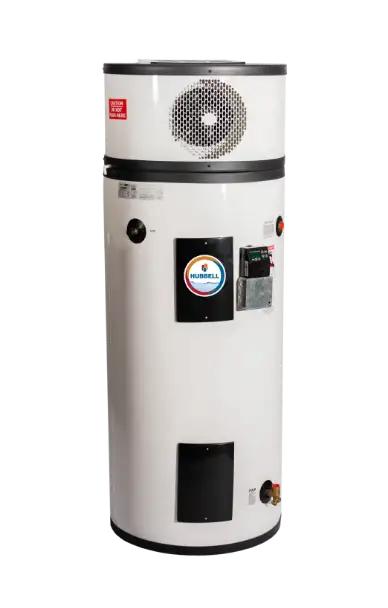Suretemp Series
EMV
Tepid Water Delivery System
Specifically designed to provide high volume tepid water for emergency fixtures. Configurable using electric, gas, steam, or hydronics

ANSI/ISEA Z358.1-2014 COMPLIANT
MEETS OSHA REQUIREMENTS
FACTORY PIPED/PACKAGED MIXING VALVE
COST EFFICIENT
HYDRASTONE CEMENT LINING
CORROSION-FREE COPPER-SILICON TAPPINGS
Applications
Industrial plants, oil refineries, laboratories, power plants, hospitals, schools, and more.
Suretemp Series
EMV
Tepid Water Delivery System
Specifically designed to provide high volume tepid water for emergency fixtures. Configurable using electric, gas, steam, or hydronics
ANSI/ISEA Z358.1-2014 COMPLIANT
MEETS OSHA REQUIREMENTS
FACTORY PIPED/PACKAGED MIXING VALVE
COST EFFICIENT
HYDRASTONE CEMENT LINING
CORROSION-FREE COPPER-SILICON TAPPINGS
Applications
Industrial plants, oil refineries, laboratories, power plants, hospitals, schools, and more.
EMV Overview
Technical Documents
Request Info about the EMV
You might also be interested in ...
Hubbell has a water heater for almost every application. Take a look at other options.







